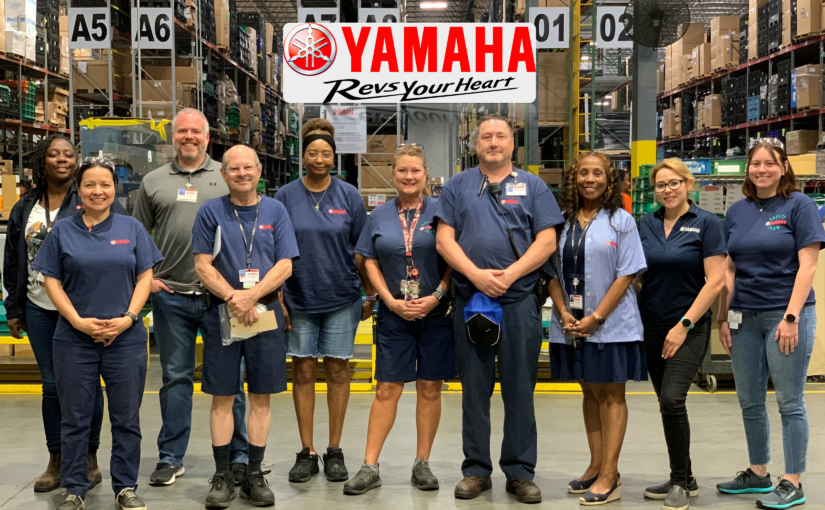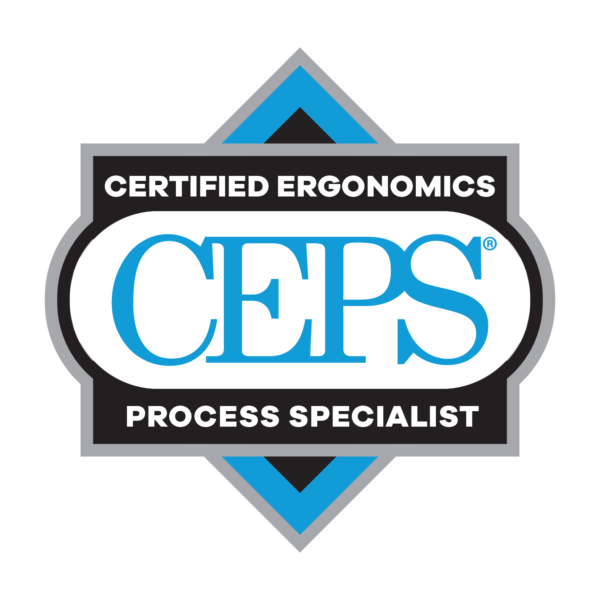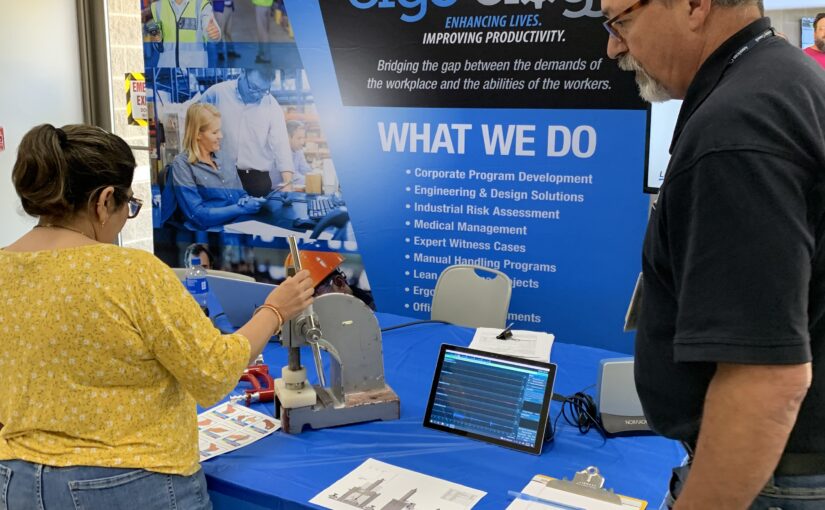
By: Autumn Demberger |https://vimeo.com/538814076
No two companies are identical. So why would a manufacturing plant want the same ergonomics program that, say, an office building has in place? The obvious answer: It wouldn’t.
That’s why it’s important for companies implementing or updating ergonomics practices to steer clear of “generic” or “boilerplate” programs. Having the same run-of-the-mill program for everyone isn’t going to be effective in the long run. A strategically aligned ergonomics program should be created to fit your organization’s culture and needs.
“When I was working for a corporation, I noticed that ergonomic efforts at one place didn’t always fit for the next company. It really showed that no two companies are alike and their needs differed,” said Brock Anderson, owner and principal ergonomist, Ergo-ology.
“When I was in these roles, we sometimes we would consider using consultants but usually didn’t, because they didn’t meet the standard we were looking for. We wanted something beyond a general, one-size-fits-all approach. We were looking for something that fit us 100%,” he said.
Anderson has worked as an ergonomist for many organizations, from Gulfstream Aerospace and Lockheed Martin to NASA and Coca-Cola. After working in the field and observing the ergonomic programs available to these corporations, Anderson decided to pursue another dream of his: being an entrepreneur. That led him to founding Ergo-ology in 2015, with the goal of being a one-stop resource consulting firm on all things ergonomics.
“We’ve definitely found our niche,” he said. “We’ve grown a lot in the last four to five years, and we’ve really homed in on our ergonomic approach.”
That approach? Understanding that no two companies are alike and that every corporation, big or small, deserves an ergonomics program that fits their needs, getting each company to that 100%.
The Ergo-ology philosophy and approach to creating an ergonomics program is simple: Seek to understand before really being understood.
“That’s how we approach every client. We discover what their needs are. What their goals are. We look at any constraints and the elements of their culture that play a role in their program,” Anderson explained.
“Once we have a plan constructed, we look at how we can integrate them as efficiently as possible into their current infrastructure.”
The approach is organic in nature. It’s all about listening to the client’s needs and determining what ergonomic interventions will best suit them to help prevent injury and keep the workplace safe for years to come.
As part of his efforts to spread best practices, Anderson will be delving into this topic in full during his April 20 ErgoExpo session, “Strategic Considerations for Developing an Ergonomics Program.”
As part of the ongoing National Ergonomics Conference’s efforts to bring relevant and timely ergonomics news to risk and insurance professionals throughout the year, the session will go into Anderson’s approach, highlighting many specific situations and discussing various customized program solutions that have proven successful.
“I’ll tap into a series of self-check questions designed to stimulate strategic considerations that companies should have when developing their ergonomics program,” he said.
According to Anderson, there are eight specific questions his team likes to ask companies seeking to grow their ergonomics programs.
The first one asks what the methods are that a company has for recognizing existing and potential problems.
“Inside that, we break it down further, asking what platforms are used for communications. Who is identifying this opportunity? What are their methods for identifying? Do they have motivation to identify? All these questions drill down as to how well the company already is at seeing potential growth areas and how well they’re already set up to address them.”
Next, Anderson’s team asks how the company goes about assessing and prioritizing problems. “What does your scope of assessment look like?” he posed. “Is it a facility-wide, macro approach or is it a specific department, specific workstation, specific body part approach?”
These questions aim to gauge how well the company is already doing and what is still needed to give them that customized approach that works. During the presentation itself, Anderson will dive into all eight questions, giving tips and insights as to why they are important to address. The end goal for attendees is to have a better understanding of how they can align their own efforts and goals with their ergonomics program.
“No matter what type of program or what method you choose to go about your program, these eight components are designed to give a holistic view to ergonomics,” Anderson said.
Those interested in attending the April 20 session can visit ErgoExpo’s registration page here. To learn more about Anderson’s strategy, visit Ergo-ology’s website. &

Yamaha leaned into Ergo-ology’s ELP® (ergonomics leadership program) at the start of 2022 with hopes of engaging employees, developing a Read more

We are pleased to announce the United States of America has granted Ergo-ology permissions to certify in #ergonomics with the Read more

Employees complete tasks, many of which require physical labor, every day. These actions range from sitting in a chair to Read more